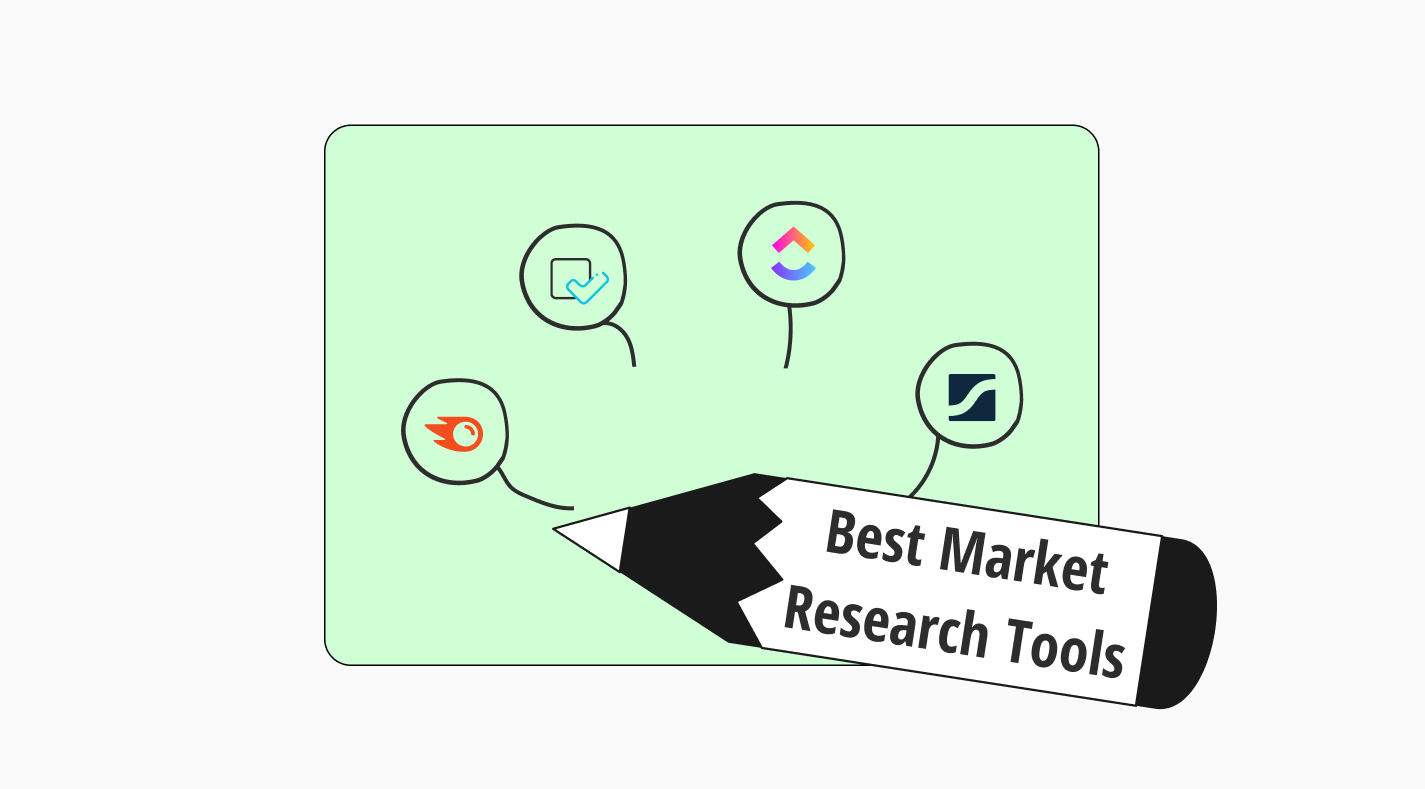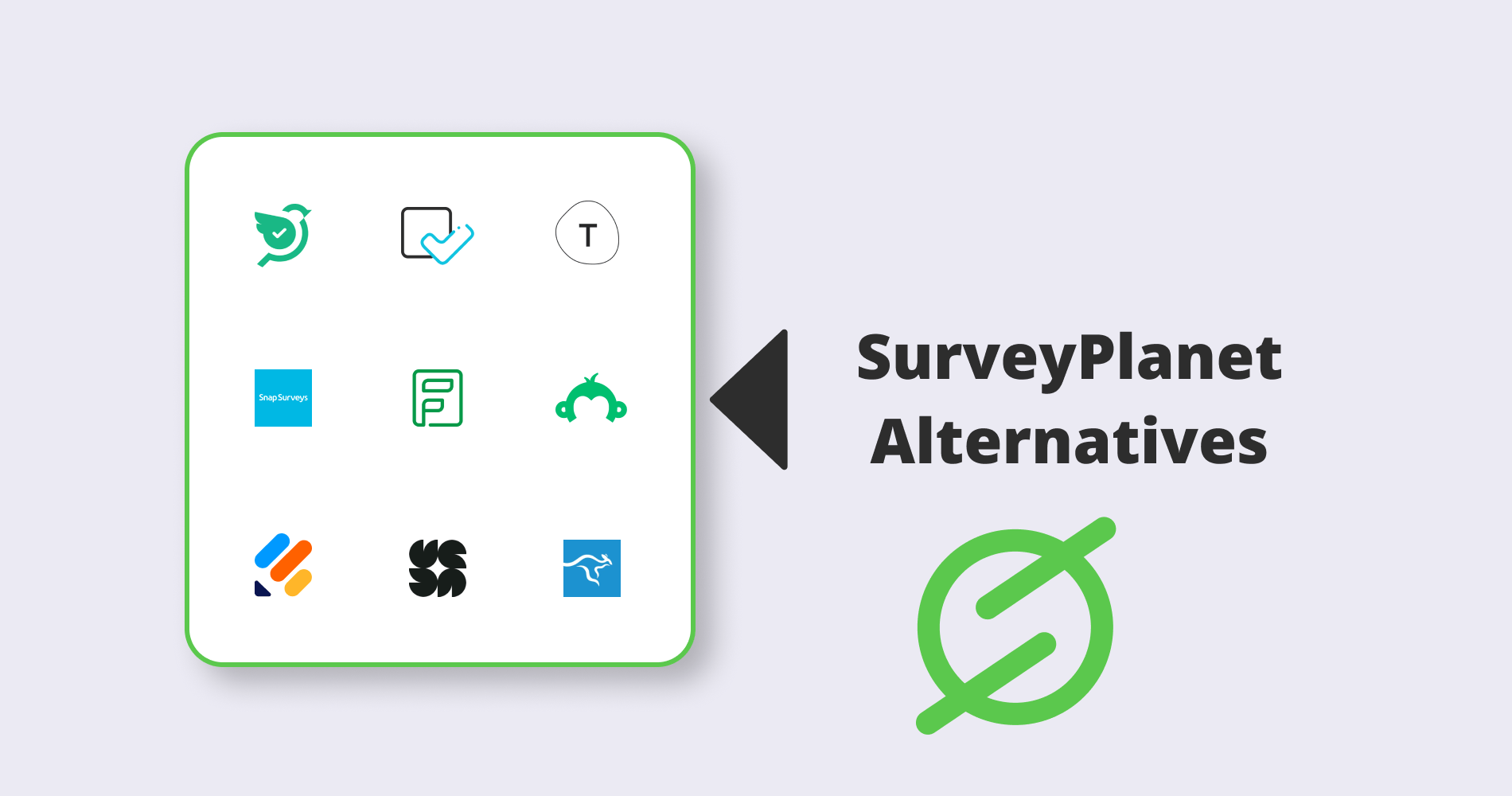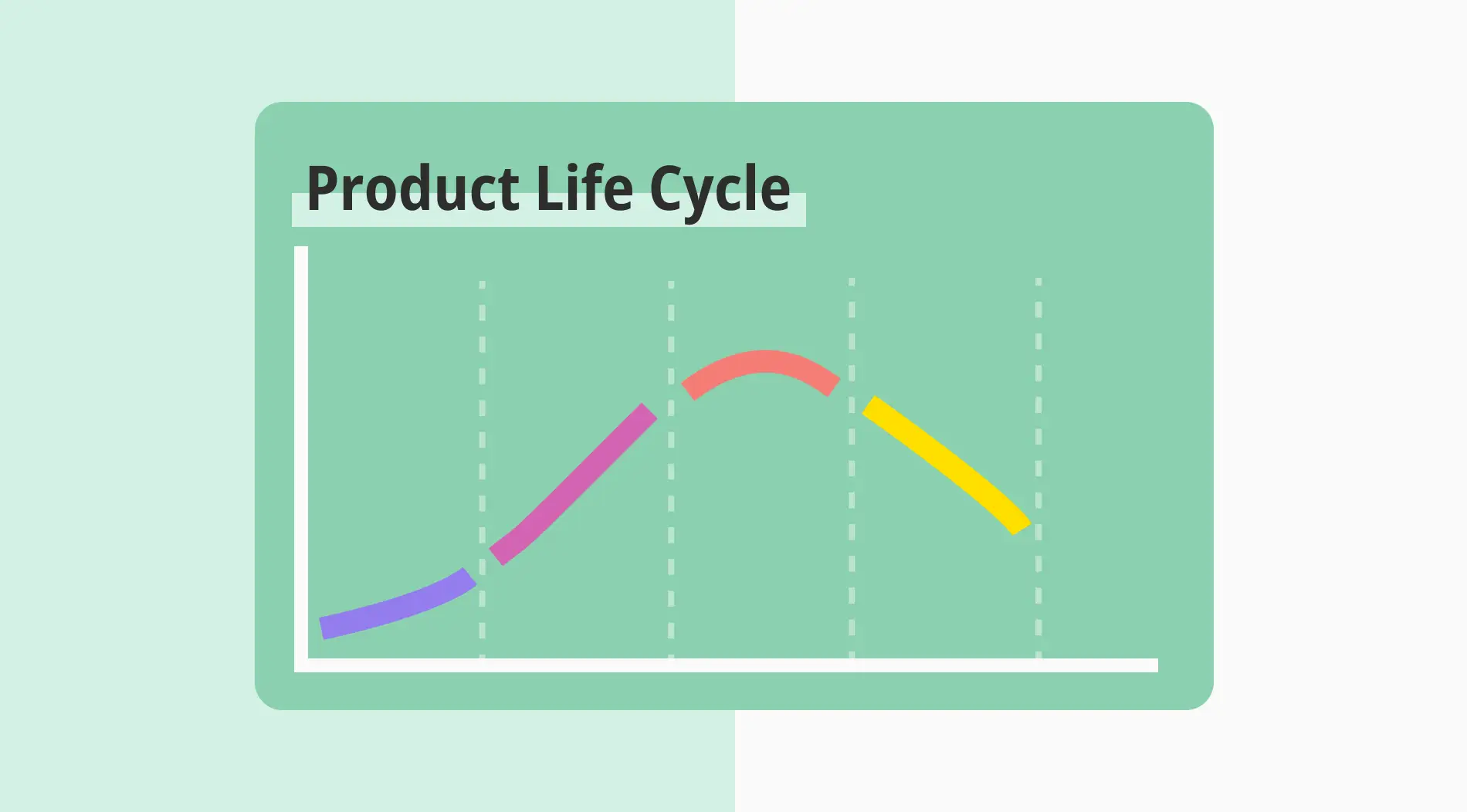
Understanding how products evolve over time is crucial for your business. There are models providing invaluable insights into a product’s journey, from its introduction to its eventual decline. By recognizing the stages of products, your company can make informed decisions about marketing, investment, and innovation strategies. These models help your business adapt to changing market conditions and stay competitive.
Today, we will learn one of these models, the product life cycle (PLC). We’ll look at when to and how to use it. We’ll discuss different types of product life cycles and provide real-world examples. Additionally, we’ll examine the pros and cons of this model and answer some frequently asked questions. By the end, you’ll have a clear understanding of the product life cycle model.
What is the product life cycle?

The Product Life Cycle (PLC) is a framework that outlines the stages a product goes through from the start to the end.
It typically includes four main stages: introduction, growth, maturity, and decline. Each stage presents unique challenges and opportunities and requires different strategies for marketing, pricing, and production.
The economist Raymond Vernon came up with the term in the 1960s. He applied the product life cycle in marketing and economic contexts. The importance of the Product Life Cycle model lies in its ability to provide a structured approach to managing products. You can use it to allocate resources more efficiently and ensure that your efforts and investments align.
Stages of the product life cycle
Here, we will examine 4 stages of the product life cycle: introduction, growth, maturity, and decline stage. These are the stages after your product development involving research and prototypes. We recommend you pay attention to these processes and apply them in your business to stay ahead of your competitors.
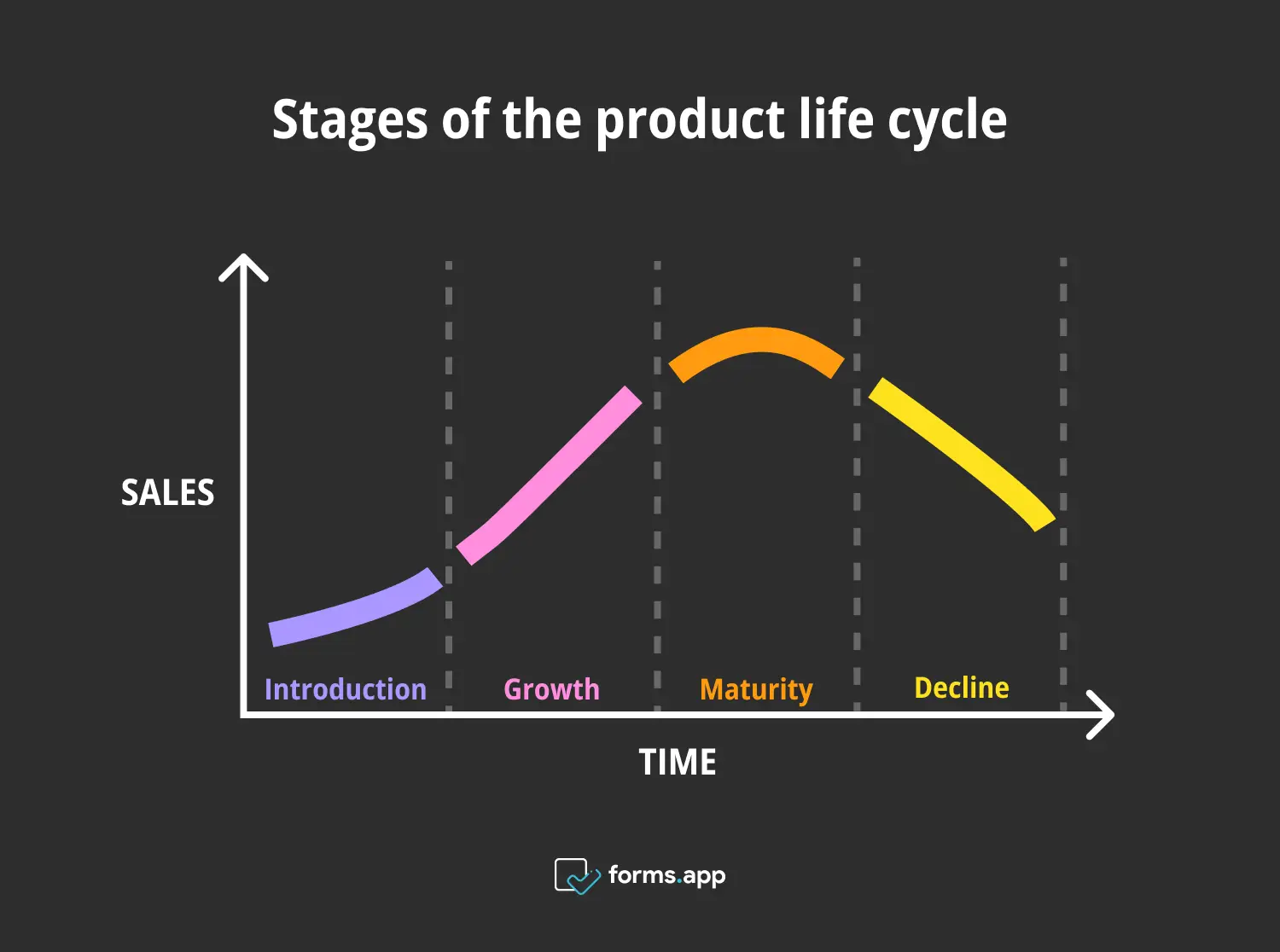
Product life cycyle stages
1- Introduction
The introduction is the first phase of the Product Life Cycle. This is the stage where your product enters the market. During this stage, sales growth is slow as the product is new. Your customers begin to become aware of it. Businesses often invest heavily in marketing and promotion in this stage to build awareness and encourage adoption.
Pricing strategies can vary at this stage. Some companies can choose a high price to compensate for development costs. Others might use a low price to attract customers. The introduction stage is critical for establishing the product’s presence in the market and setting the stage for future growth.
2- Growth stage
The second stage, growth, is where a rapid increase in sales happens. Your product gains acceptance in the market. During this phase, your company can see higher profits as economies of scale reduce production costs, and your marketing efforts pay off. Competition is at its peak during growth. This leads businesses to focus on separating their product from others.
Strategies during the growth stage may include expanding distribution channels, introducing new features, or adjusting pricing to maximize market share. The growth stage is crucial for your product’s position in the market and ensuring long-term business success.
3- Maturity stage
The maturity stage involves a slowdown in sales growth as the product reaches market saturation. During this phase, your business must work hard to maintain market share. Strategies in the maturity stage often focus on product differentiation, brand loyalty, and cost control.
Your company may introduce variations or improvements to the product. Thus, you can keep your product relevant and attractive to customers. Pricing strategies might involve discounts or promotions to stimulate sales. The maturity stage is critical for maintaining profits and extending your product’s life cycle before it enters the decline stage.
4- Decline stage
The decline stage is the final phase of the Product Life Cycle. Here, the sales begin to decrease as the product loses market relevance. This decline can be due to changes in consumer preferences, technological advancements, or increased competition. During this stage, your company may reduce marketing efforts and focus on cost-cutting measures to maintain profits.
Some businesses choose to discontinue the product or sell it off. Others might attempt to consider their position or enter a target market (niche). The decline stage requires careful management to minimize losses and make the most of the remaining demand.
The product life types
There are different types of products with different lifespans. The processes/life cycles are not the same for every product. Tools like Kotler's five product levels may be helpful in understanding different product types. Here, let’s take a look at 4 types of different products and understand how the PLC works for them:
1- High-learning product
A high-learning product requires significant consumer education before it gains widespread acceptance. These products often involve new technologies or innovative features that your consumers need time to understand. As a result, the introduction stage may become longer with slow initial sales growth.
Marketing efforts during this phase focus on educating potential customers and demonstrating the product’s value. Once your consumers become familiar, it can enter the growth stage and achieve rapid adoption. High-learning products often have a steeper curve in the Product Life Cycle diagram. It reflects the time and effort required to educate the market.
2- Low-learning product
A low-learning product is one that your consumers can quickly understand and adopt without extensive education or explanation. These products typically offer clear, immediate benefits. This makes it easy for your consumers to see the value. As a result, they often experience rapid sales growth shortly after launch. It quickly moves through the introduction stage into the growth stage.
Low-learning products benefit from straightforward marketing campaigns that highlight their key features and advantages. The Product Life Cycle for low-learning products tends to be shorter. They achieve market penetration quickly but may also reach the maturity and decline stages sooner.
3- Fashion product
Fashion products have unique Product Life Cycle characteristics. It comes from changes in consumer preferences and trends. These products experience brief, intense periods of popularity and then see a sharp decline as trends shift. The introduction and growth stages for passion products are swift.
However, that is also the case for maturity and decline stages. Once the product reaches the maturity stage, sales may slow down or the decline stage can come suddenly as your consumers are no longer interested in the trend. Fashion products require agile marketing and production strategies to respond quickly to your market’s conditions.
4- Fad product
Fad products have an extremely short and sharp Product Life Cycle, marked by a quick rise in popularity followed by an equally rapid decline. These products often become popular due to social trends, viral marketing, or celebrity endorsements. The introduction and growth stages happen almost simultaneously, with your sales skyrocketing in a short period.
However, the maturity stage is brief, and the decline stage can be sudden and steep. Fad products are often driven by novelty or hype. They have shorter lifecycles than fashion products. Your business should act quickly to maximize profits during their brief peak. They are unlikely to have long-term staying power in the market.
When to use the product life cycle
Like many other models, the Product Life Cycle also has suitable environments and business contexts. Let’s take a look at when to use the product life cycle. Understanding these contexts will help you implement the PLC model better in your business, as it may fall under one of these categories.
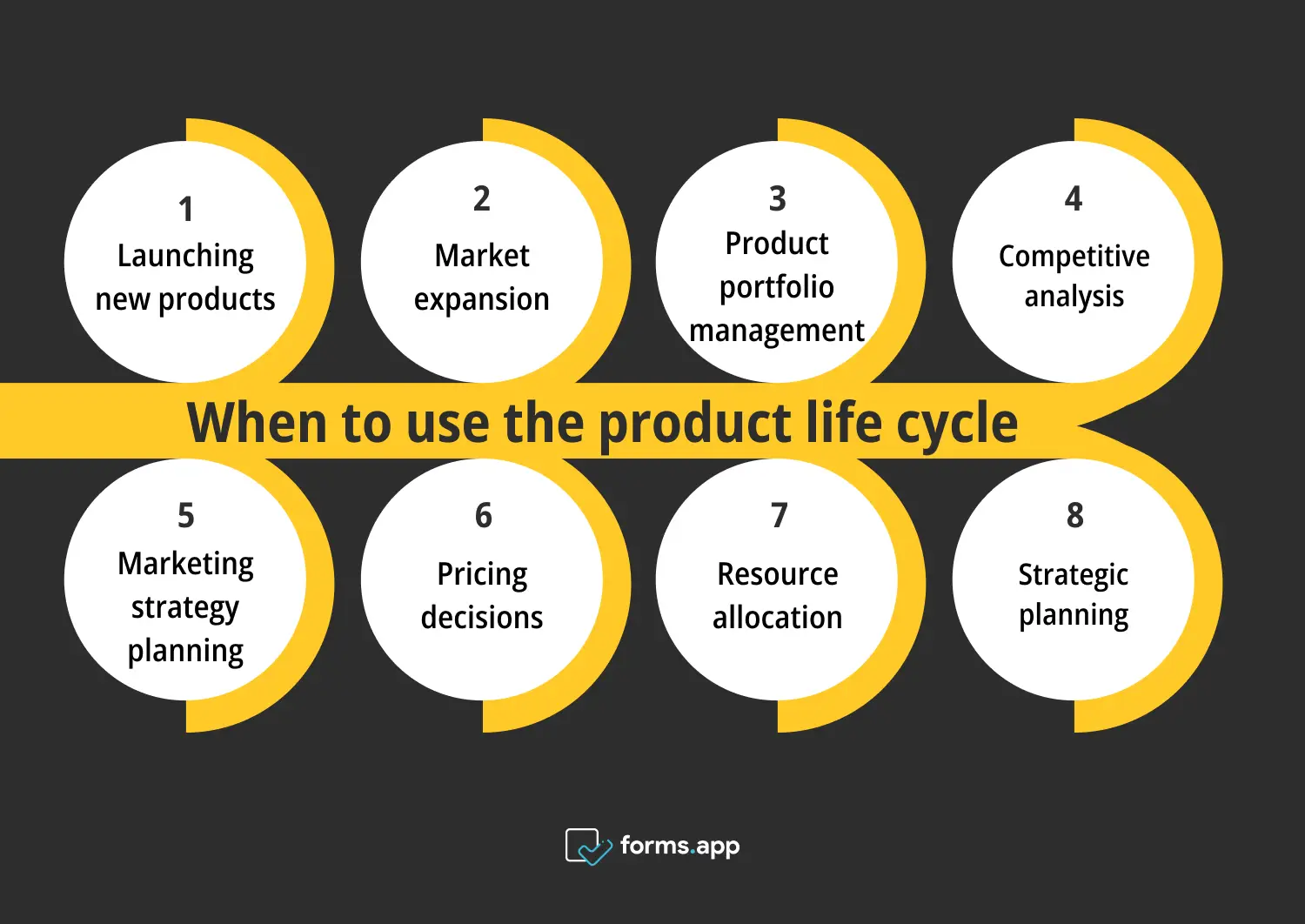
Right times to use the product life cycle
1. When launching a new product
The Product Life Cycle model is essential when launching a new product. It helps your business understand the market dynamics and customer behavior during the introduction phase. If you apply the PLC, your company can plan its marketing and pricing strategies more effectively. This ensures that your product establishes its presence in the market.
2. During market expansion
The PLC model becomes a valuable tool when your company expands into new markets. It helps you identify which stage your product is in within the new market. Then, you can select your strategies accordingly. For example, a product that is in the maturity stage in its original market might be in the introduction or growth stage in a new market.
3. For product portfolio management
Managing a diverse product portfolio requires careful consideration of each product’s life cycle stage. The Product Life Cycle model aids in this by providing a clear framework for evaluating the performance of each product. Your company can use the PLC to determine which products to invest in, which to maintain, and which to phase out.
4. Competitive analysis
The Product Life Cycle model is also useful in competitive analysis. You need to understand the life cycle stage of competing products. Thus, your business can better anticipate your competitors’ moves and adjust strategies. For example, if a competitor’s product is in the decline stage, your company can see an opportunity to capture the market share by introducing a new product.
5. Planning marketing strategies
Marketing strategies must evolve with the product’s life cycle, and the PLC model provides a roadmap for these changes. During the introduction stage, marketing efforts focus on building awareness and generating interest. As the product moves into the growth phase, the focus shifts to expanding market share and separating from competitors.
6. Pricing decisions
Pricing strategies are closely linked to the product’s life cycle stage. The PLC model provides guidance on when to adjust prices. During the introduction stage, your company may set prices high due to development costs or low to attract early adopters. In the growth stage, you can adjust prices to balance demand and profits.
7. Resource allocation
Effective resource allocation is crucial for business success. The Product Life Cycle model aids in this process. If you understand the life cycle stage of each product, your company can allocate resources more efficiently. You can ensure that you invest in products with the highest growth potential. For example, your company might allocate more resources to marketing products in the growth stage.
8. Long-term strategic planning
The Product Life Cycle model is an essential tool for long-term strategic planning. It provides your business with a framework for anticipating changes in the market and preparing for future challenges. If you understand the life cycle stages, your company can develop strategies to ensure continued growth and profits. For example, you can introduce new products or enter new markets.
Advantages & Disadvantages of the product life cycle
The Product life cycle is an advantageous model. However, as is the case with other tools and strategies, it has its pitfalls. Here, let’s examine these pros and cons in detail to get a clearer understanding of the subject. Consider them when applying the PLC model in your business.
Advantages
➕Strategic planning: The Product Life Cycle model provides a clear framework for strategic planning. By understanding which stages a product is in, businesses can develop targeted strategies that align with the specific needs of that stage.
➕Resource allocation: Effective resource allocation is one of the key advantages of using the Product Life Cycle model. By identifying the current stage of a product, businesses can allocate their resources, such as marketing budgets, production efforts, and research and development more efficiently.
➕Improved marketing strategies: The Product Life Cycle model helps businesses tailor their marketing strategies to the specific needs of each stage. During the introduction stage, the focus might be on creating awareness and educating the market, while in the growth stage, efforts could shift to expanding market share and differentiation.
➕Competitive advantage: Using the Product Life Cycle model can give businesses a competitive advantage by enabling them to anticipate and respond to market changes more effectively. By understanding where their product stands in its life cycle, companies can predict competitors' actions and adjust their strategies accordingly.
➕Better pricing decisions: The Product Life Cycle model guides businesses in making more informed pricing decisions. Pricing strategies often need to change as a product moves through its life cycle. For example, during the introduction stage, companies might set a higher price to recover development costs or a lower price to attract early adopters.
➕Product portfolio management: The Product Life Cycle model is a valuable tool for managing a diverse product portfolio. It allows businesses to assess the performance of each product and make informed decisions about where to invest, divest, or innovate.
Disadvantages
➖Oversimplification: One of the main drawbacks of the Product Life Cycle model is its potential for oversimplification. While the model provides a useful framework, it may not accurately capture the complexities of real-world markets. Products do not always follow a linear path through the life cycle stages.
➖Limited predictive power: The Product Life Cycle model has limited predictive power, as it is based on the assumption that all products will follow a similar progression through the stages. However, not all products adhere to this pattern, and some may skip stages, regress, or experience unexpected growth spurts or declines.
➖Focus on existing products: The Product Life Cycle model primarily focuses on existing products, which can lead businesses to overlook the importance of innovation and new product development. By concentrating on managing current products through their life cycles, companies might miss opportunities to introduce new products or explore emerging markets.
Examples of the product life cycle
Some models are harder to understand in theory but easier in practice. Here, we’ll see some real product life cycle examples. We will examine how some of the global and well-known companies in the world use product life cycle models and get positive results:
1- Apple and iPhone
Apple’s iPhone is a prime example of a product that has successfully navigated the Product Life Cycle. Since its introduction in 2007, the iPhone has gone through multiple phases, each corresponding to different stages of the life cycle. The original iPhone went through the introduction and growth stages rapidly.
Apple invested heavily in marketing and product development. As it released newer models, the earlier versions entered the maturity and decline stages. Apple’s strategy of releasing new versions regularly helps to extend the product’s life cycle. It keeps the product relevant and maintains a strong market presence.
2- Coca-Cola and Classic Coke
Coca-Cola’s Classic Coke is a textbook example of a product in the maturity phase of the Product Life Cycle. Since its introduction in the late 19th century, Coca-Cola has achieved global recognition and sustained market dominance. Despite intense competition and changing consumer preferences, Coca-Cola has maintained its position through consistent branding, marketing, and innovation.
The company has introduced variations like Diet Coke and Coca-Cola Zero to attract new customers while keeping the classic product relevant. This strategy has allowed Coca-Cola to extend the maturity stage of its life cycle. It also ensures continued profits over the decades.
3- Netflix and Streaming Services
Netflix’s transition from a DVD rental service to a streaming platform is a modern example of adapting the Product Life Cycle. Initially, Netflix’s DVD rental service was in the maturity stage. It faces competition from streaming platforms. Recognizing the shift in consumer preferences, Netflix introduced its streaming service to the market. It effectively launched a new product in the introduction stage.
As streaming gained popularity, Netflix quickly moved into the growth stage. It has expanded its content library and subscriber base. Today, Netflix continues to innovate, extending the maturity stage of its streaming service. It invests in original content and explores new markets globally.
Frequently asked questions about the product life circle
Finally, let’s answer some of the most frequently asked questions about the product life circle. Understanding the answers to these common queries will help you stay ahead of your competitors and make informed decisions when applying this model.
The four stages of the Product Life Cycle are Introduction, Growth, Maturity, and Decline. Each stage represents a different phase in a product's market presence, from its initial launch to its eventual decline in sales. Understanding these stages helps businesses develop targeted strategies for marketing, pricing, and resource allocation, ensuring that they maximize profitability and extend the product's life.
The five key elements of the Product Life Cycle are product development, market introduction, growth, maturity, and decline. These elements represent the different phases a product goes through, from conception to market withdrawal. Each element requires specific strategies and actions to manage the product effectively, ensuring that it meets market demands and achieves its full potential throughout its life cycle.
An example of the Product Life Cycle is the evolution of the DVD player. Initially introduced in the late 1990s, DVD players experienced rapid growth as consumers adopted the new technology. By the early 2000s, they reached maturity with widespread market penetration. However, as streaming services became popular, DVD players entered the decline stage, leading to a significant drop in sales.
Product Life Cycle management involves overseeing a product's journey from development stage to decline, making strategic decisions to maximize its profitability at each stage. For example, Apple manages the iPhone's life cycle by regularly releasing new models, introducing updates, and phasing out older versions. This approach keeps the product relevant and maintains strong market demand, extending its overall life cycle.
Wrapping it up
In conclusion, the Product Life Cycle is a vital tool for your business to manage the product effectively from introduction to decline. By understanding the stages of the PLC, your company can develop targeted strategies for marketing, pricing, and resource allocation. This model helps your business anticipate market changes, stay competitive, and maximize profits throughout a product’s life.
In this comprehensive guide, we have explored the PLC model, its stages, and applications. We have seen its suitable contexts as well as advantages and disadvantages. We have discovered how some of the most successful global companies use it in their businesses. Last but not least, we answered some common queries about the subject. Use this model in your business today!
Fatih is a content writer at forms.app and a translator specializing in many text domains, including medical, legal, and technical. He loves studying foreign languages. Fatih especially likes to create content about program management, organizational models, and planning tools.



 12 min lesen
12 min lesen